Start QGIS Plugin¶
Start the Plugin Builder plugin and fill necessary inputs. In the
first step, we are going to specify name of Python class, module name,
short description, etc.
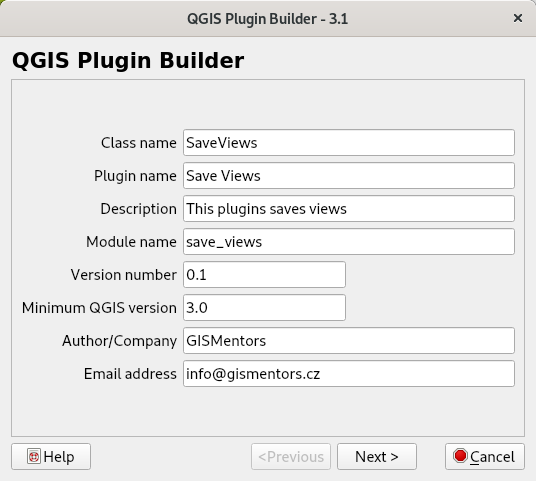
Fig. 5 Initialization of a new QGIS Plugin¶
Warning
Don’t use .py (or any extensions) in the module name.
In the next screen, fill longer description of the plugin.
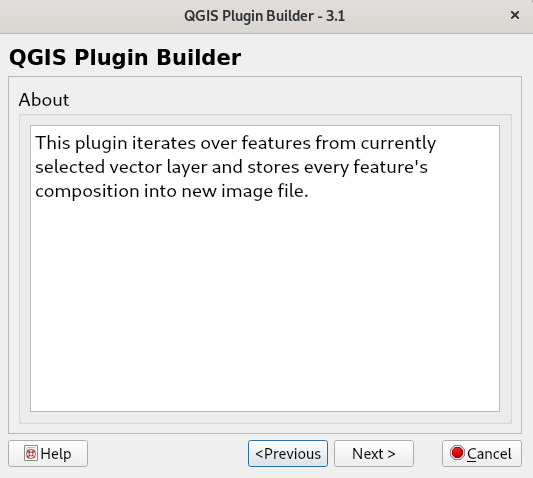
Fig. 6 Filling longer description text¶
In the next screen, set visual appearance of the plugin. We will use Tool button with dock widget.
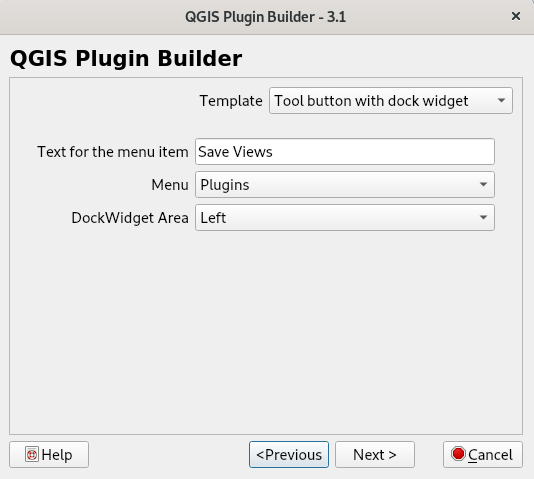
Fig. 7 Choosing visual representation of a new plugin¶
There are three options:
Tool button with dialog
Tool button with dockwidget
Processing provider (see QGIS Advanced course)
In the next step, we shell check all the metafiles, the builder will generate for us. We shall leave all checked.
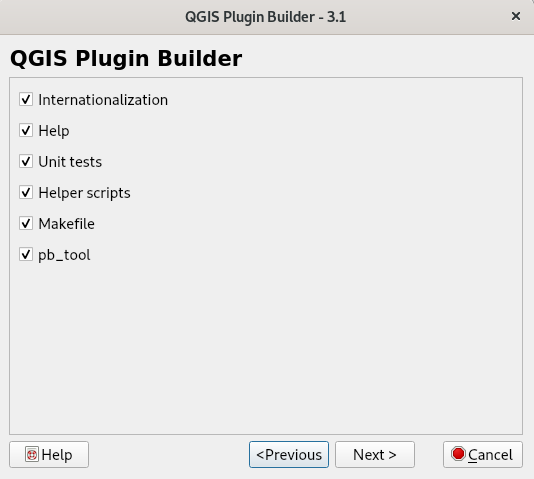
Fig. 8 Helper metafiles to be generated.¶
In the next step fill important URLs which is important for later publication of a plugin.
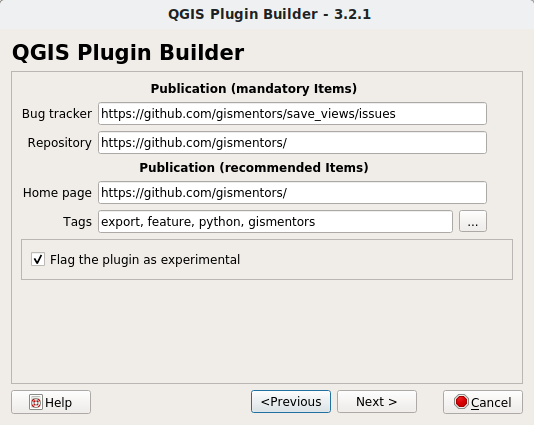
Fig. 9 Filling required URLs¶
In the last step, we pick the location of the newly created plugin. You can pick any location in your computer.
Note
Avoid paths containing non-ascii characters.

Fig. 10 Set output folder for a plugin.¶
Final screen shows summary of the new plugin and QGIS environment settings as well as the next required steps.
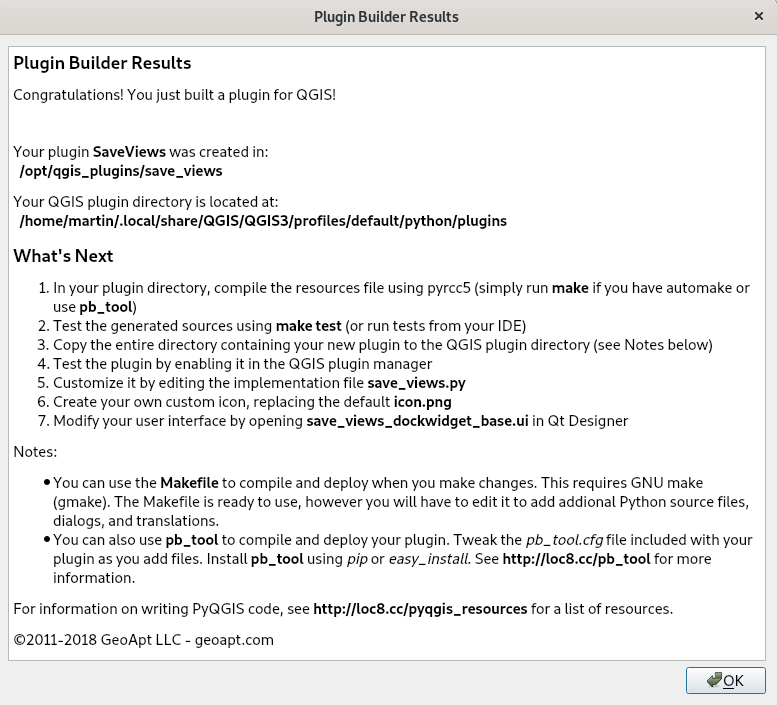
Fig. 11 Summary¶
Important information are:
Location of the newly created plugin
Default location of all QGIS plugins
Implementation file is called
save_views.pyGUI modification shall happen in Qt Designer using the
save_views_dialog_base.uifileNext step is to use pb_tool for the plugin management
There is also information about folders, where QGIS is looking for
installed plugins. On Linux, this typically is
$HOME/.local/share/QGIS/QGIS3/profiles/default/python/plugins.
On MS Windows it may be
%APPDATA%\Roaming\QGIS\QGIS3\profiles\default\python\plugins.